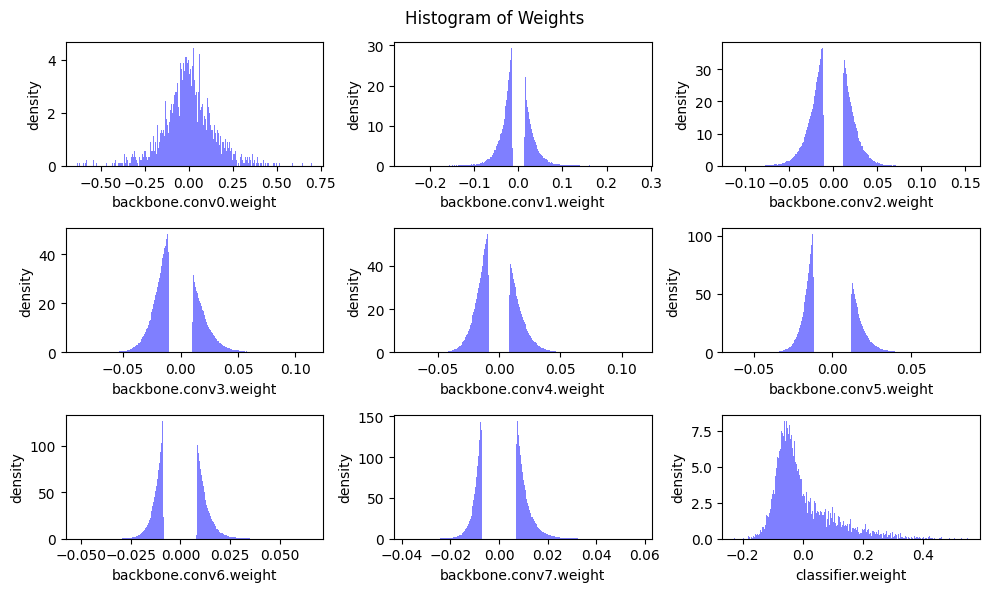sparsity=[0.40,0.50,0.60,0.70,0.80,0.90]: accuracy=[92.42%, 91.19%, 87.55%, 83.39%, 69.41%, 31.81%] sparsity=[0.40,0.50,0.60,0.70,0.80,0.90]: accuracy=[92.93%, 92.88%, 92.71%, 92.40%, 91.32%, 84.78%] sparsity=[0.40,0.50,0.60,0.70,0.80,0.90]: accuracy=[92.94%, 92.64%, 92.46%, 91.77%, 89.85%, 78.56%] sparsity=[0.40,0.50,0.60,0.70,0.80,0.90]: accuracy=[92.86%, 92.72%, 92.23%, 91.09%, 85.35%, 51.31%] sparsity=[0.40,0.50,0.60,0.70,0.80,0.90]: accuracy=[92.88%, 92.68%, 92.22%, 89.47%, 76.86%, 38.78%] sparsity=[0.40,0.50,0.60,0.70,0.80,0.90]: accuracy=[92.92%, 92.71%, 92.63%, 91.88%, 89.90%, 82.19%] sparsity=[0.40,0.50,0.60,0.70,0.80,0.90]: accuracy=[92.94%, 92.86%, 92.65%, 92.10%, 90.58%, 83.65%] sparsity=[0.40,0.50,0.60,0.70,0.80,0.90]: accuracy=[92.94%, 92.92%, 92.88%, 92.81%, 92.63%, 91.34%] sparsity=[0.40,0.50,0.60,0.70,0.80,0.90]: accuracy=[92.91%, 92.83%, 92.81%, 92.97%, 92.68%, 92.52%]








